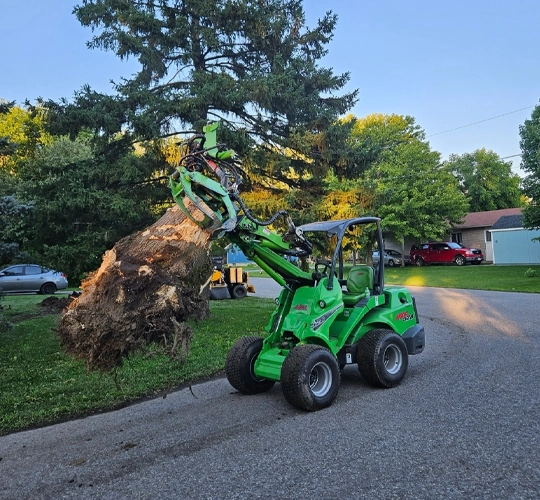Black Knot

Black Knot
The best control for black knot is early and consistent pruning. In late winter or early spring, before buds open, prune out infected branches at least 10-15 centimetres below visible knots to effectively remove the fungus. Properly dispose of the pruned material by burning it or using other off-site removal methods. Doing so will avoid possible spore development on your property. If you have not yet pruned black knot, fungicides may still be utilized as a preventative measure, in the year before buds are broken. Foliar fungicides are largely ineffective once knots have developed on trees.
Prevention involves maintaining tree health and hygiene. When possible, plant resistant varieties, avoid wounding trees (e.g., while pruning or landscaping), and prune regularly to promote air circulation and light, which improves conditions for trees to defend against fungal growth. Important: keep track of trees every year. Remove new infections promptly. If you have black knot, replanting cherry and plum trees will certainly cause more serious damage.
